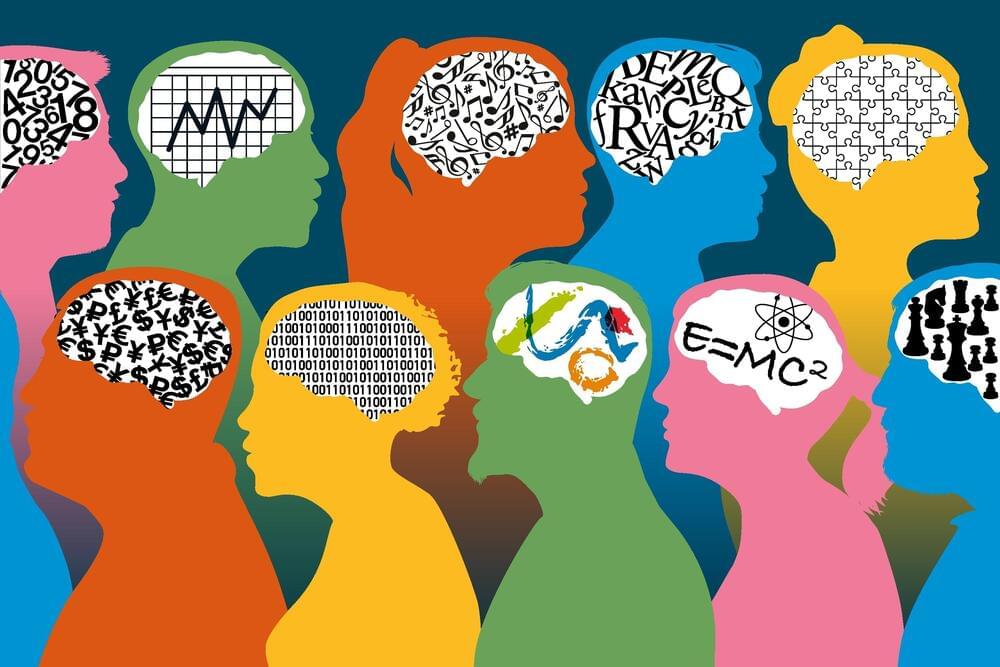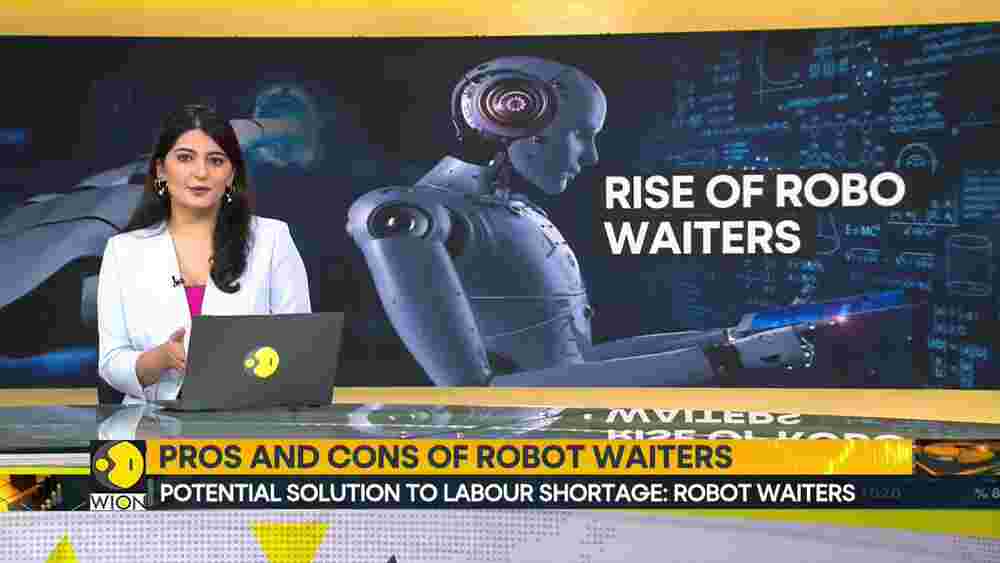NVIDIA “Huang’s Law” is the primary catalyst for driving chip performance and efficiency to over 1000x in less than a decade. For NVIDIA, Huang’s Law is the fundamental approach that moves beyond traditional chip speedup fundamentals such as Moore’s Law which had dominated the tech industry in the past.
Huang’s Law To Dominate The Future For NVIDIA, Chip Shrinking In No Way Defines The Increment in Performance
NVIDIA’s CEO Jensen Huang has expressed multiple times that Moore’s Law is “slowing down,” and the concept it is backed with is starting to get outdated. The argument became heated, especially after Jensen’s GTC 2023 keynote. If we look at what Moore’s Law is, it is related to the number of transistors on a microchip and how it “should” double every year.









